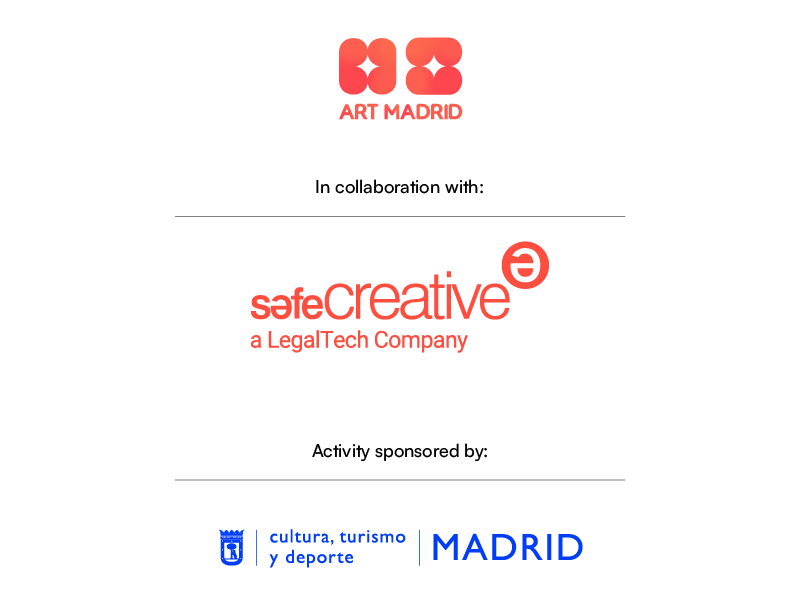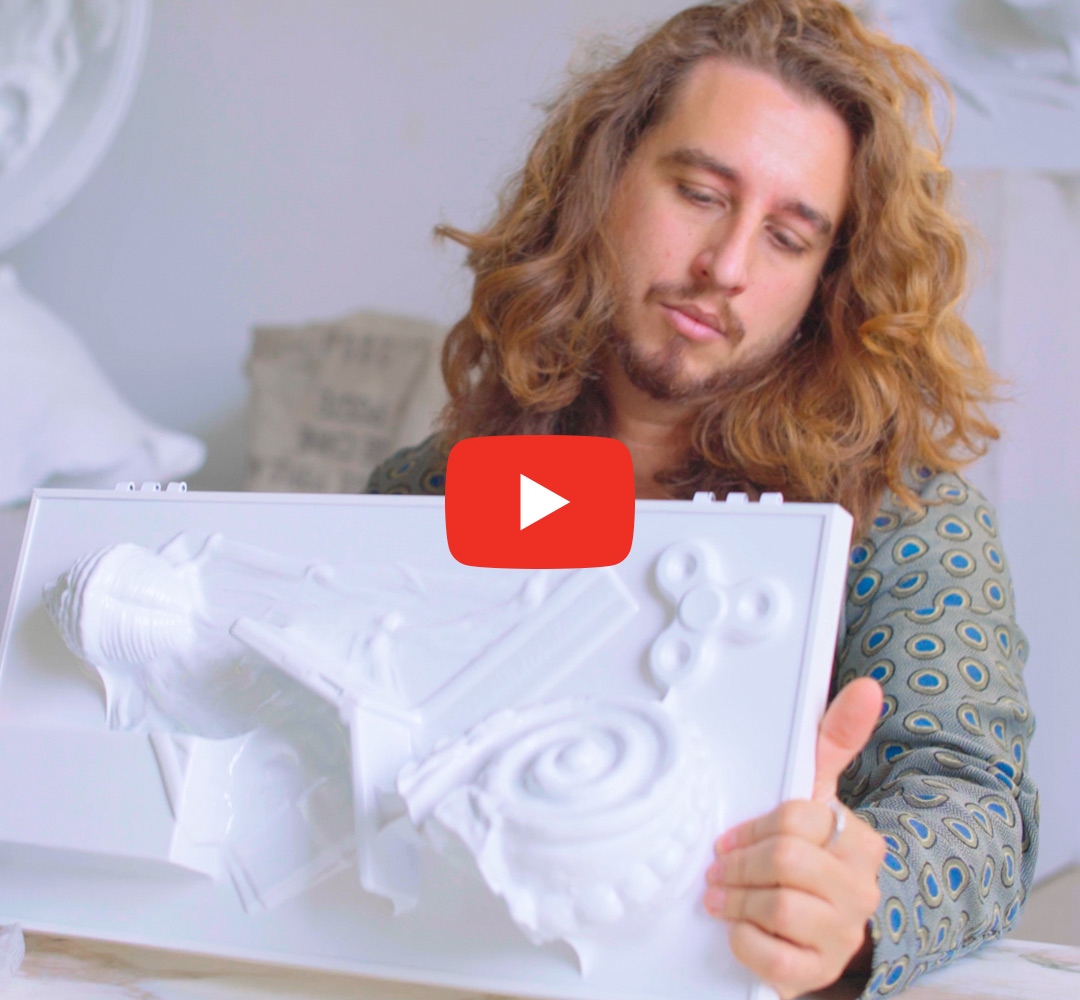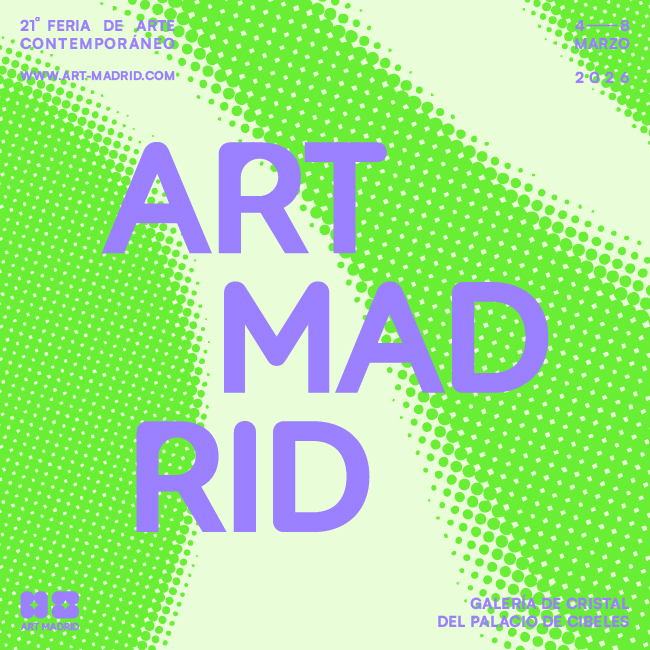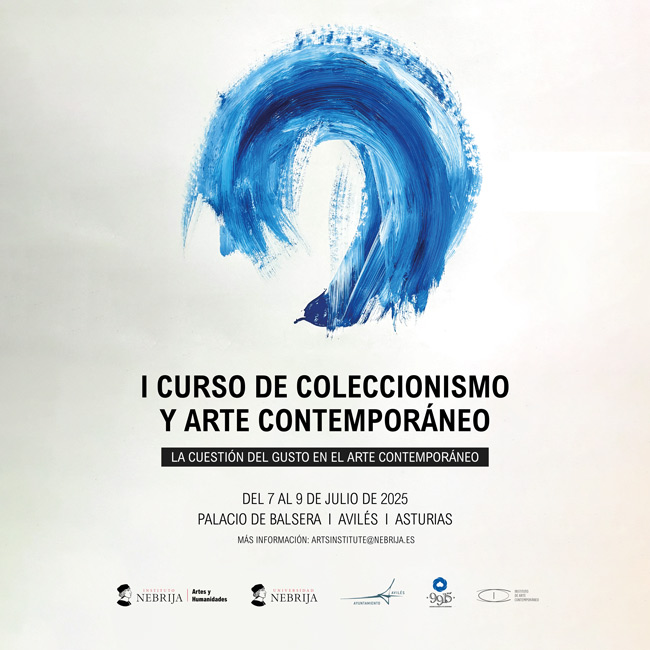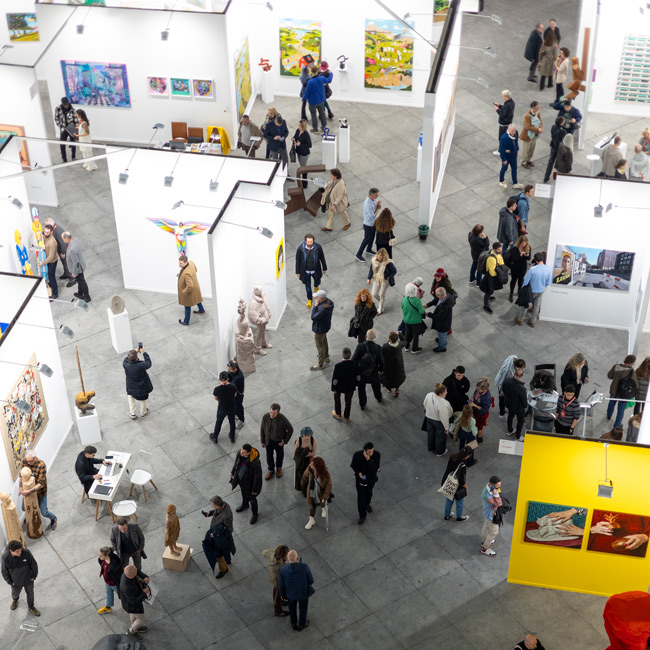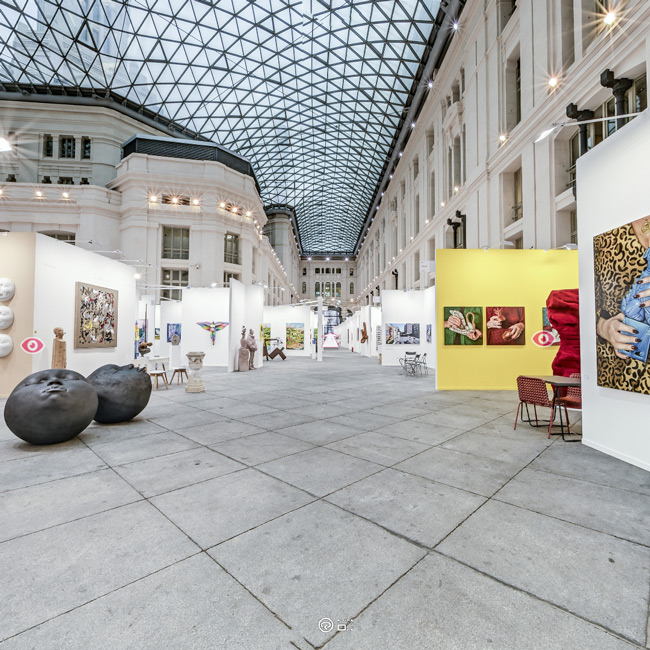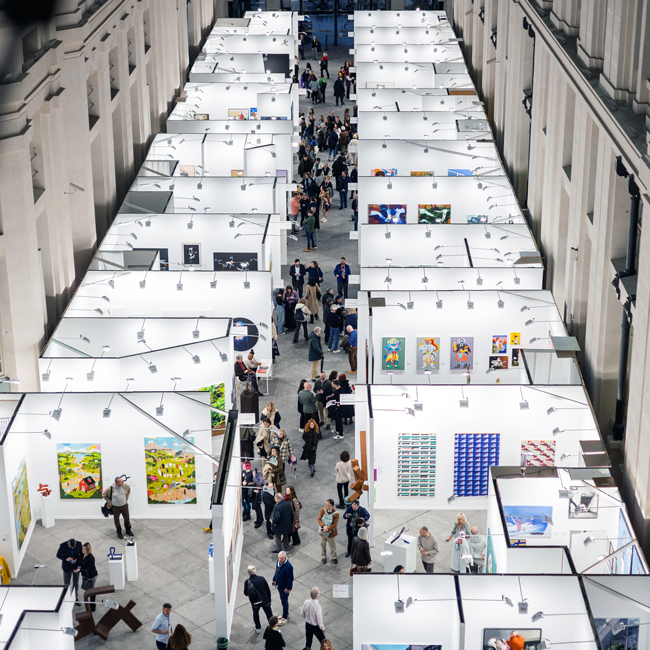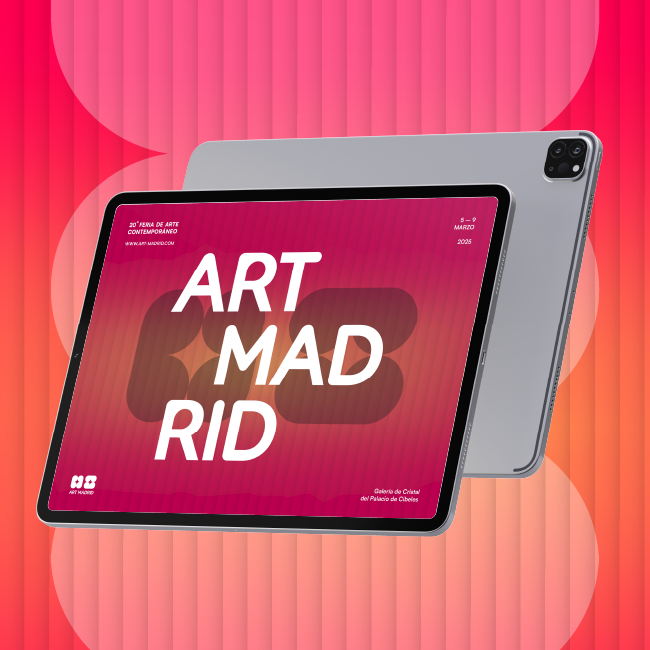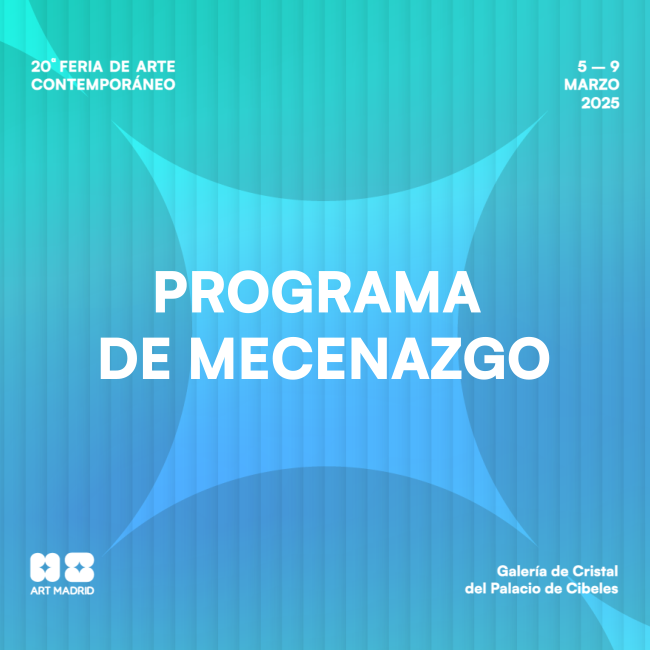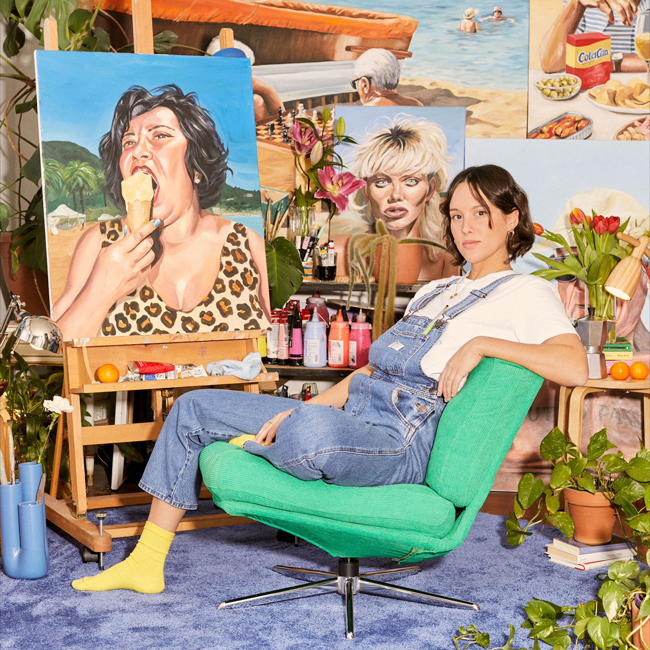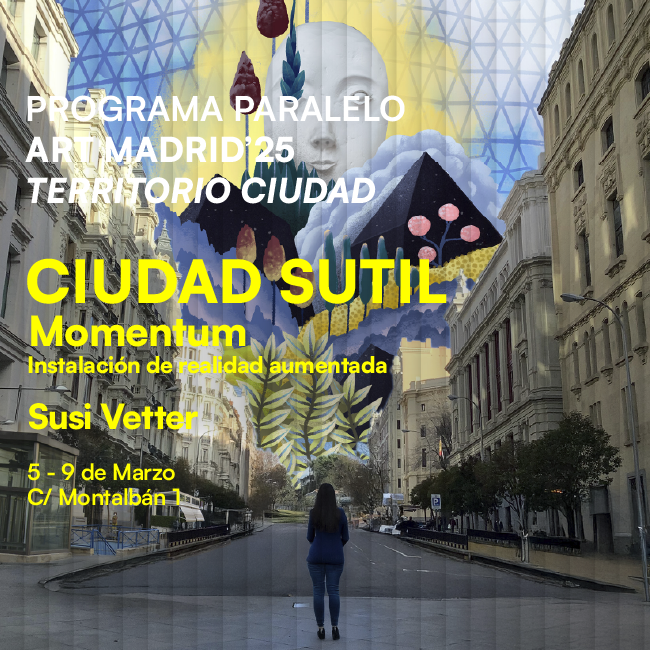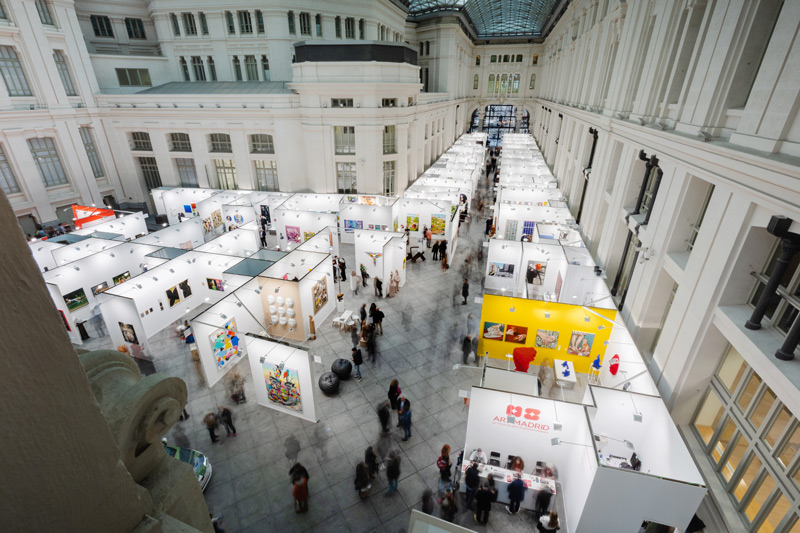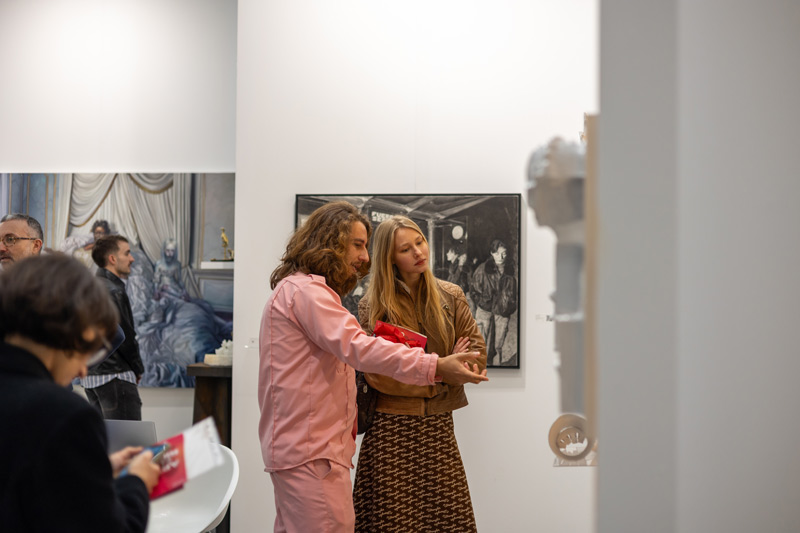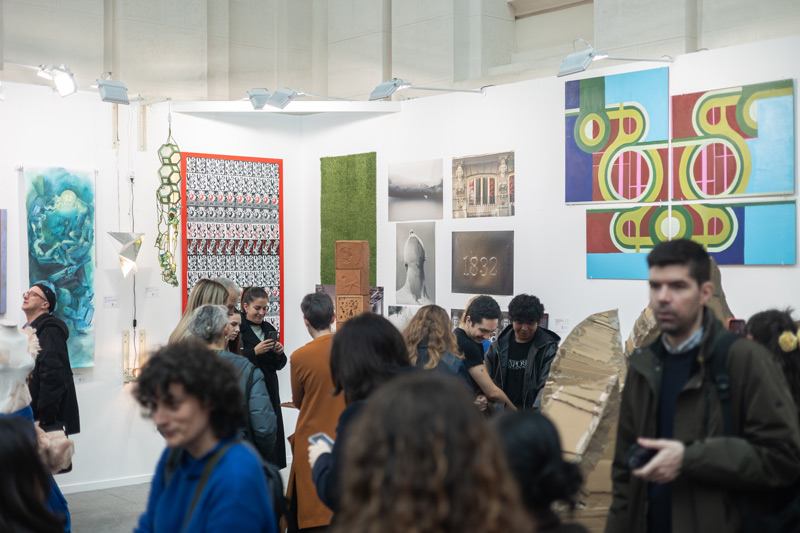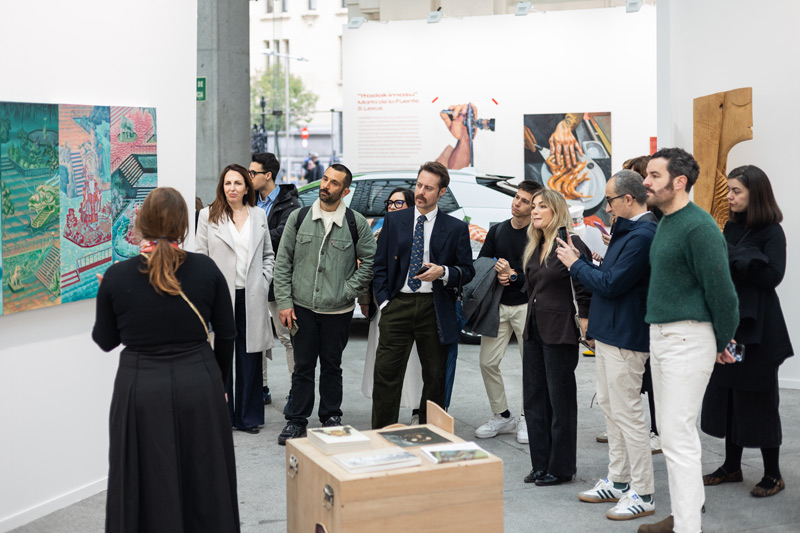GASTÓN LISAK: TO TOUCH THE OTHER, THE OTHERNESS, THE THINGS
Jan 28, 2025
art madrid
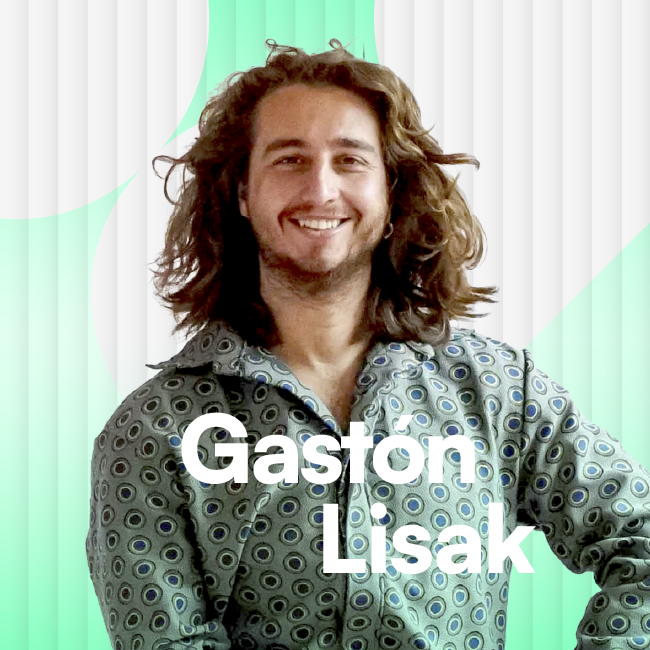
CCONVERSATIONS WITH MARISOL SALANOVA. INTERVIEW PROGRAM. ART MADRID'25
Gastón Lisak (Barcelona, 1989) approaches conceptual art through a path deeply tied to his teaching experience, the facilitation of workshops, and experimenting with collective creations. His work is rooted in meticulous research into mundane archaeology, exploring the transformation of anachronistic objects.
With a background in design, much of his work intersects with industrial processes. Applying industrial techniques to art, working with waste materials, and transforming them into friezes results in pieces of immense appeal. Lisak seeks beauty in what is discarded, in the abject, challenging the contemporary concept of hyperproduction. Ultimately, his goal is to make us stop and observe what might otherwise go unnoticed. Playfulness is ever-present, reflecting his interest in learning and material recovery.
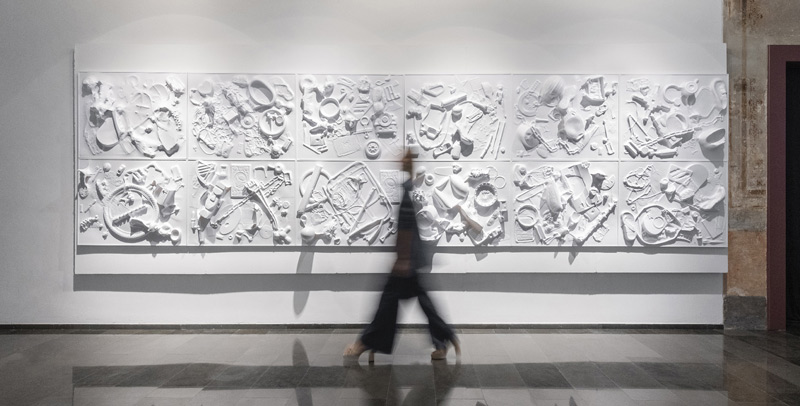
What role does experimentation play in your creative process?
I believe experimentation plays a crucial role in my work—whether it's with new materials or industrial processes that I adapt to the art world. Experimentation is closely linked to the uncertainty of how a piece will turn out.
We live in a time when we have access to vast amounts of information—everything seems perfect, the entire system is polished. But experimentation involves error, things not turning out as expected, surprises, and discoveries.
My work is heavily centered on understanding societies through the objects we use. A mass-produced object—something hyper-new, like a spinner or a tiny figurine—appears everywhere, only to vanish into obscurity.
Through art and this process of rediscovering objects from our surroundings, we can help future generations—50, 100, or even 200 years from now—understand how we once lived. My work essentially preserves a snapshot of a specific moment in art history and in the world we're living in today.

Who are your references?
Like many people, most of my references come from those around me—individuals I grow with every day. However, I did spend some time in England, where I was fascinated by the Fluxus movement. Its chaos contained in boxes—the mix of disorder and absolute structure—was captivating. Similarly, randomness, the unexpected, and the accidental have always intrigued me.
I also admire Pistoletto's Arte Povera—the act of repurposing and giving new meaning to everyday objects. Antoni Miralda’s compulsive obsession with objects, his ability to listen to them and understand them, has deeply influenced my work.
Currently, artists like Joana Vasconcelos inspire me with her ability to rediscover, rethink, and recontextualize objects. Beyond individuals, markets are a great source of inspiration for me. Markets are like open-air museums that are constantly changing. When you visit them, you encounter strange objects that draw you in, making you want to learn about their origins, purpose, and stories.
Much of my inspiration stems from everyday life—small interactions, mistakes, the amateur, the ugly, the odd, and the bizarre elements of daily existence. I often try to add a twist to the mundane, to the monotonous cycles of life, transforming them into something new and different each day.
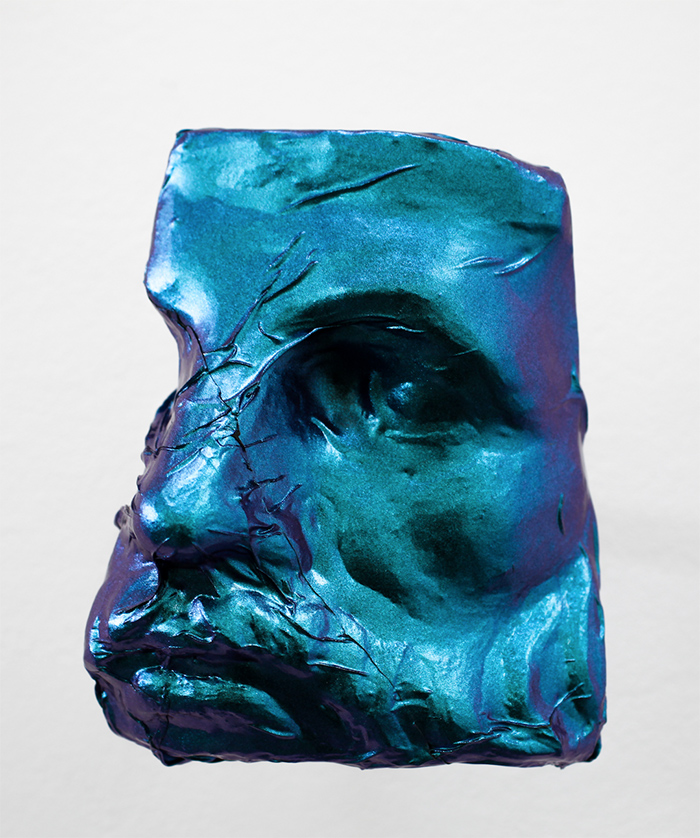
How do you select the objects that inspire you?
Sometimes the objects choose me, and other times, I choose them. Often, I’m drawn to strange objects that don’t make sense or that I don’t fully understand.
For instance, marine items are a recurring element in my work—objects from the sea or nature, as well as hyper-contemporary objects. How can we transform something ephemeral, like a plate of food, into a permanent piece—a sculpture, a totem, something enduring? How can we turn something small into something monumental?
Markets are great for discovery. Layer by layer, you can explore: What happens if I look closer? Those objects that might lack voice or presence can be transformed through art, giving them a new meaning and place.
When I transform objects and give them a new purpose, they become spaces for sharing thoughts about how we live today. It’s important that these objects are accessible and easy to connect with. In our environment, there’s a lot of visual noise—chaos, stimuli. Everything competes for our attention. Through art, I strive to create moments of pause: Stop. Breathe. Understand. Value what surrounds you.
Art, in this sense, is an exercise in thought, offering an opportunity for action both to the viewer and the creator. It’s a space for inspiration and change. While we may not change the world overnight, art can inspire small shifts in perspective, enabling us to see life differently.
I’ve also noticed that many of the objects in my work appear in different places. An object I see in a market in Buenos Aires might also appear in Chile or at Mexico’s La Lagunilla market. These objects travel globally, which fascinates me. Many objects in my work have a history—they’ve been seen and lived elsewhere before they reached me.
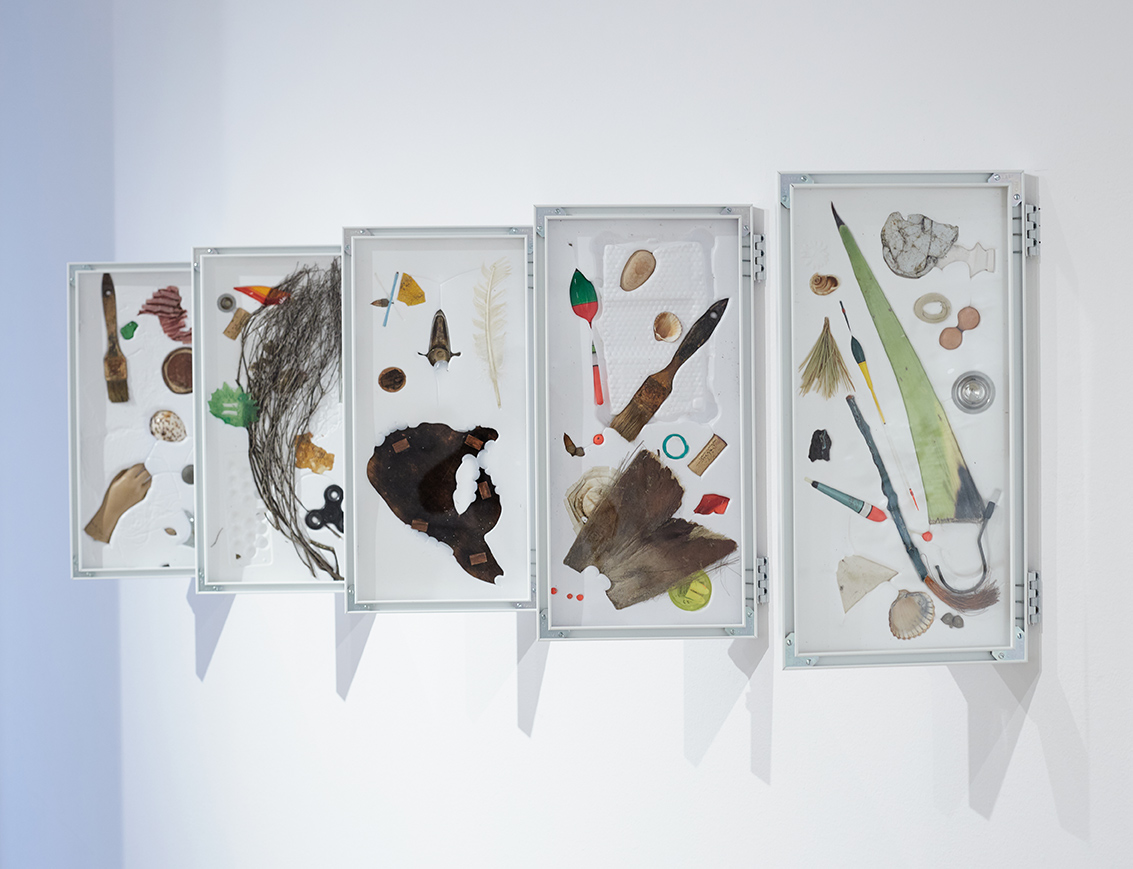
What role does nature play in your work?
I grew up near the sea, and I love it. It’s always been a part of my life. When working with objects, if you look at cabinets of curiosities, you’ll notice that humans have always been compelled to document, collect, and possess nature.
Markets often have remnants of nature—like shells or corals—that are admired in their original environment. This raises the question: What is nature today? How do humans impact it? We can’t view nature as separate from ourselves—it’s an ecosystem where everything coexists, even within the objects we create.
There’s little sense in the mass production of trendy, disposable objects, but art allows us to reflect on questions of consumption: What do we consume? How? Why? Does it make sense today?
Nature’s ability to inspire is also powerful. The sea, shells, and the mysteries of the underwater world captivate me. Observing our surroundings through a scientific lens—like a laboratory—helps us learn more about the world. When I analyze objects systematically in a market, it’s similar to how someone might study an ant or butterfly in a lab.
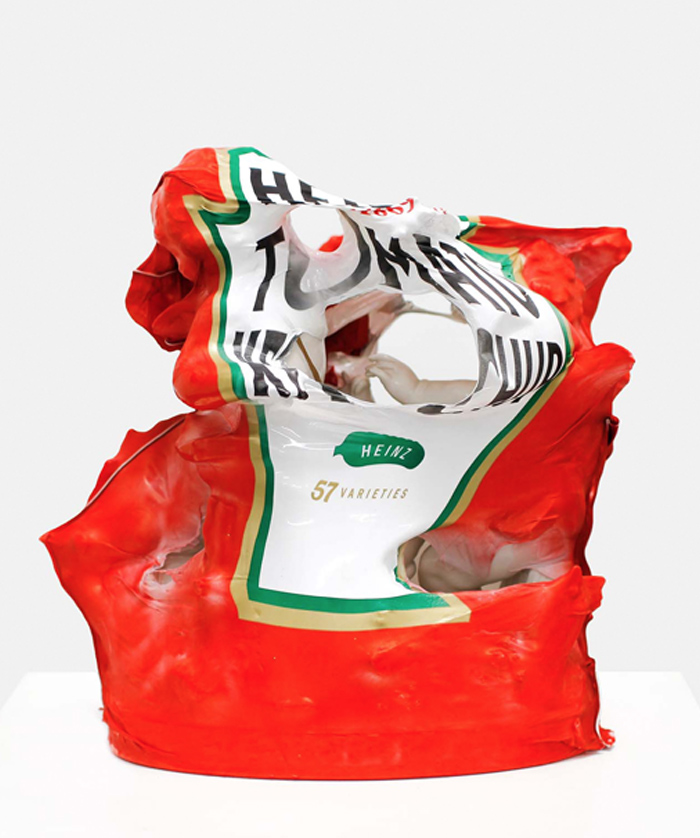
When do you feel a piece in a series is complete?
For me, the end of a piece is as important as its creation. The process involves a journey and discovery that lead to the final work.
The conclusion is significant, but so is the story behind it. A piece is finished when you feel it is, but its value lies not only in the final result but in the time and journey it took to get there.
A phrase that inspires me is “to make the familiar unfamiliar and the unfamiliar familiar” by the German poet Novalis. It resonates because it’s fascinating to see how familiar objects can be transformed into something magical, distinct, and extraordinary.
I’ve become obsessed with this dichotomy between the familiar and the strange. Through curiosity and discovery, we can question and understand how we live today. This creates a pause, a moment to reflect.
We live in a fast-paced world, constantly on the move. Art offers us the opportunity to pause, reflect, and breathe.
